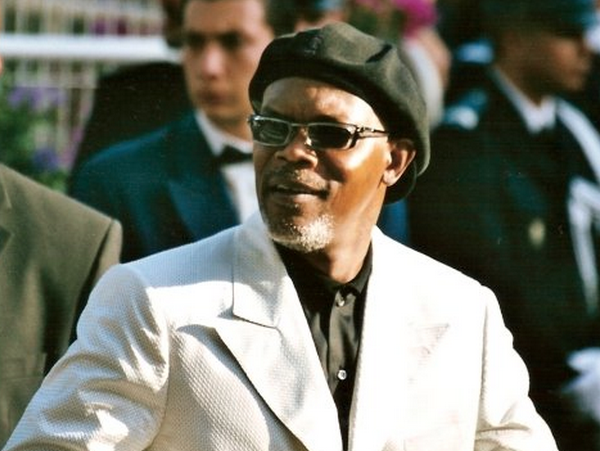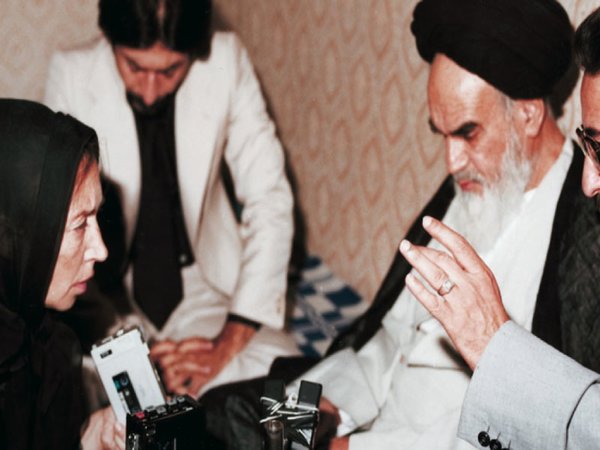The simplest way to describe the documentary Buck to people who are not familiar with horses is that it is the story of the authentic ‘horse whisperer’: Buck Brannaman.
Brannaman was a key inspiration for the character of Tom Booker in Nicholas Evans’s 1995 novel, The Horse Whisperer. He is part of a lineage of natural horsemanship practitioners in the United States, and Buck tells the story of this unique man and his commitment to horses.
For 10 months of the year, Brannaman criss-crosses the United States running four-day clinics. He teaches riders and handlers how to open channels of communication with their horses – channels that are based on respect, not fear.
He is driven by empathy with the animals he works with – and here the story comes back, as it so often does in this film, to the relationships between people.
Brannaman and his older brother grew up as a child trick-roping stars, on a ranch with a father who regularly drank and beat them. The figure of his father looms large over the film, for Brannaman says that his ability to empathise with frightened horses developed out of the abuse he suffered as a child – out of knowing what it’s like to fear for your life.
Brannaman has chosen a path very different to that of his father – one that eschews violence, force, negativity or even blame. He reminds his students regularly not to feel contempt or anger towards the horse, because the way the horse behaves is a reflection of its handler.
For a horse person, one of the most moving parts of the film is Buck’s insistence that your horse is a mirror to your soul. This is brought home most strongly by an intractable palomino, brought to one of Brannaman’s clinics towards the end of the film.
At first spoilt and then neglected by his owner, the horse is now aggressive and dangerous to all who come near him. I could not help but think of my own horse, remembering the graceful curve of his ears and the bob of his head from the hours and hours spent on his back, and wondering what his behaviour says about me.
There’s little doubt that this film will resonate with people who ride horses, and who understand what it feels like to achieve synchronicity with your horse. At times like this, you need only to think and feel your intention, and the horse will pick it up instantly.
Watching Brannaman on horseback, it’s easy to see the connection that he has established with his horses: horse and rider seem to move and think as one body. It’s beautiful to see, and makes this film definitely worth catching on the big screen.
In spite of the specific subject of this Buck, it has much to appreciate even for those who aren’t ‘horsey’. The film is beautifully shot, and Brannaman as a subject is both funny and humble.
His connection with horses is captured not just through interviews with people who know him and who have worked with him, but through the film’s focus on his work with both horses and people.
Brannaman’s journey is pieced together in a manner that makes sense of the man and his motivations, brought together smoothly by director Cindy Meehl. It’s also a window into America that we rarely see – into a subculture held together by love for horses, and by a desire to build relationships between horses and humans that are based on respect, not fear.
Suzannah Marshall Macbeth is a Master of Global Communications student at La Trobe University and a former member of the upstart editorial team. She blogs at equineocean and you can follow her on Twitter: @equineocean.






